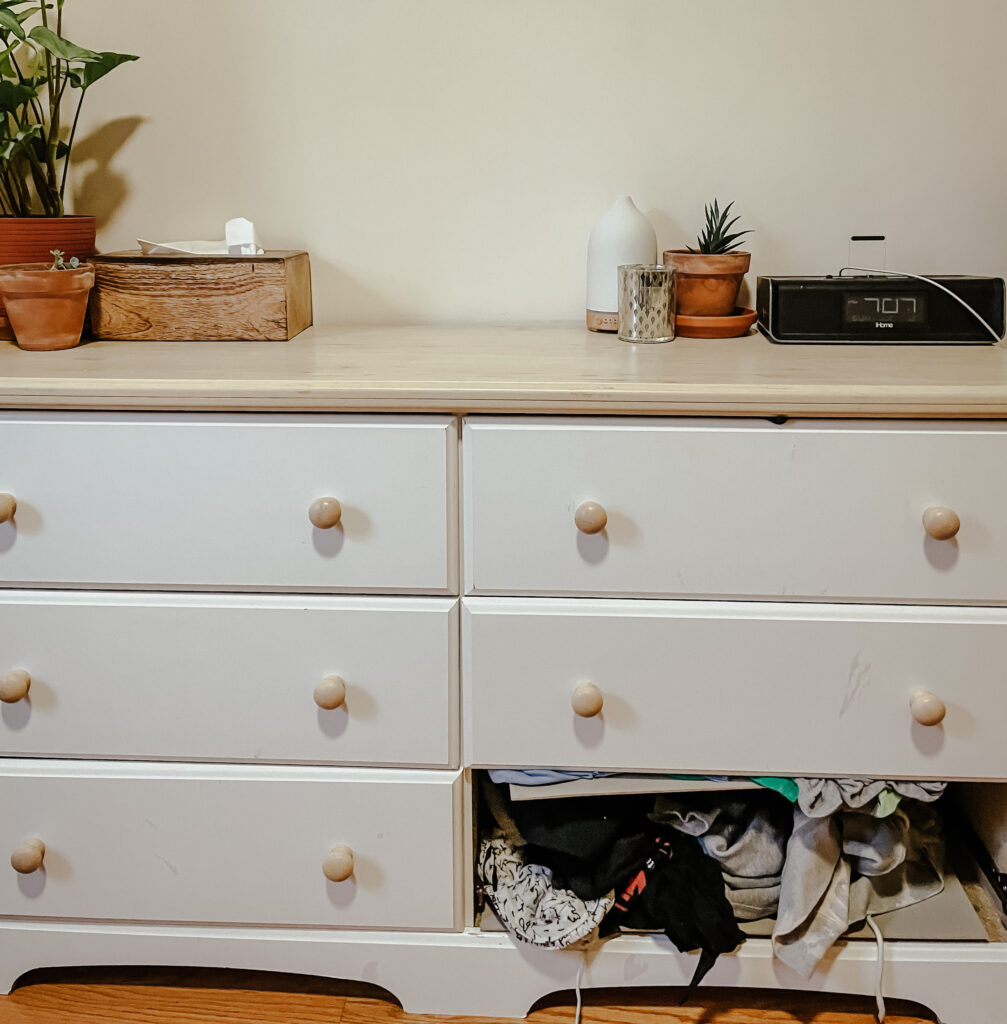
Boasting regular sales, slashed prices, and the affordability that the rest of the furniture industry lacks, it’s all too easy to get drawn into the glitz and glamor that is Wayfair. Founded by entrepreneurs Niraj Shah and Steve Conine in 2002, Wayfair has since transformed from a $380 million company in 2010 to a $12.6 billion company by June 30th, 2022.
Formed with the goal of bringing affordable furniture to the public, particularly first time home owners, Wayfair quickly grew to be the king of fast furniture—serving 21.7 million customers and counting.
Wayfair is just one of the many companies filling up the e-commerce furniture market, which is projected to reach more than $40 billion in value by 2030 according to Next Move Strategy Consulting.
From Amazon and Ikea to Overstock and Walmart, these companies are making furniture faster and cheaper, which may sound great to the thrifty customer in theory, but ultimately comes with a cost.
The True Cost of Fast Furniture
According to the EPA, nearly 9 million tons of furniture are discarded each year, accounting for five percent of items brought to a landfill. And, given fast furniture’s low-cost plastic-based materials, these fast furniture pieces will likely take anywhere from 20 to up to 500 years to fully decompose, creating a colossal waste and space problem for our future.
Beyond the lack of biodegradability, fast furniture tends to be more cheaply made and easier to fall apart, with the expected lifespan of fast furniture being a few years at most. When comparing the durability of slow furniture to the quick deterioration of fast furniture, fast furniture no longer seems to be the lower-cost option in the long run of a lifetime.
While it’s tempting to think you can source fast furniture from companies that are committed to planting trees to reforest the 7 billion trees that are cut down each year for furniture, these trees are not equivalent to old forest growth and the benefit of mature trees. Trees typically take decades to re-grow to the strength and vitality of old growth forests, which are natural habitats for at-risk plants and animals, important carbon sequesters, and natural water cleaners within their local ecosystems. Deforestation, even at its most ethical, will always necessarily have a negative environmental impact due to the size and vitality of the cut-down trees.
How To Avoid Fast Furniture
That said, if purchasing fast furniture from companies like Wayfair for starter homes and apartments feels like the only financially-savvy way to go, know that there are other ways to cheaply furnish homes that won’t break your bank or harm the environment.
Thrifting furniture off Facebook marketplace or within local thrift stores is an eco and budget-conscious way to decorate your home while investing in higher-quality products. With a bit of paint and some new drawer pulls, it’s easier than you think to upcycle an old dresser from someone’s trash into your own treasure.
If used furniture isn’t your vibe, there are other ways to buy more eco-conscious alternatives in the fast furniture market. With filters such as cruelty-free, fair trade, nontoxic, GREENGUARD certified, organic content, recycled content, water efficient, sustainable wood, and ENERGY STAR certified, fast furniture companies like Wayfair are now starting to offer new ways to buy eco-conscious furniture within their product catalogs. Although still not guaranteeing durability and timelessness, these filters do make a difference in providing more sustainable options for the everyday consumer.
Increasingly, furniture designers are also looking into circular design to change the world of home products. By thinking at the initial design stage about how a product can be repaired, reused, recycled, or transformed, these designers are creating furniture with future purposes that can ultimately eliminate waste, pollution, and keep materials in use. Author of Wasted: When Trash Becomes Treasure, Kate Treggiden, urges slow furniture companies to not just think about the durability of well-built furniture, but also how to design out waste, pollution, and offer repair and reupholstery services that further expands the lifespan of their products. When designers put the planet over profit, they can create more durable and sustainable products that can grow with a consumer throughout each life stage.
Combatting the fast furniture movement is far from easy, especially in a world of increasing inflation and human mobility, but it’s a necessary step to decrease our overall environmental footprint and waste. Next time you see a shiny Wayfair ad sporting the newest mid-century modern ottoman, stop and ask yourself—“Is this timeless or just a trend?” and consider investing in more solid, sturdier pieces instead.
Get more like this—Sign up for our daily inspirational newsletter for exclusive content!
__
Photo: Dana Drosdick




